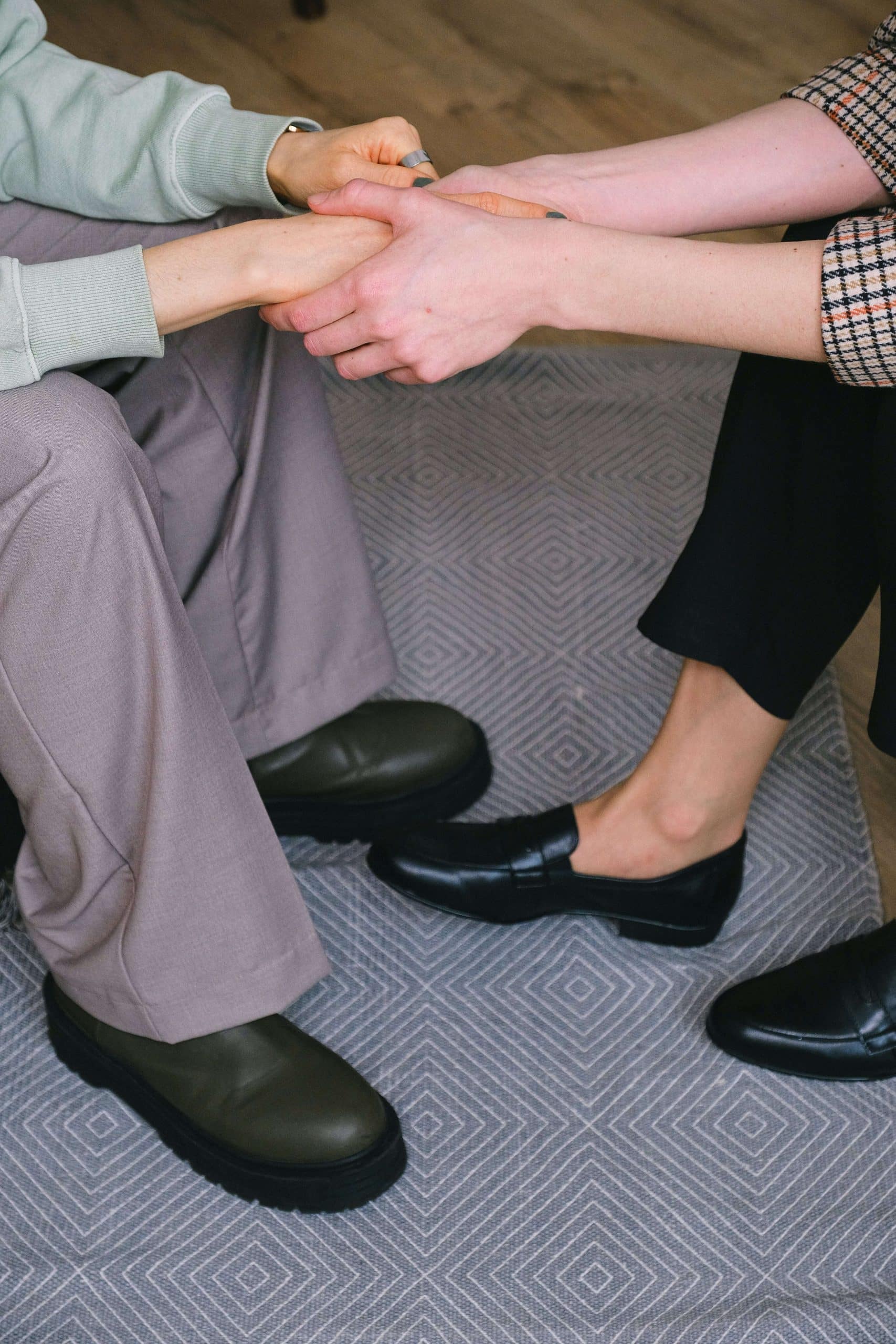Applied Behavior Analysis (ABA) Therapist Jobs & Career Guide 2024
What Is an ABA Therapist?
Applied Behavior Analysis therapists administer treatment designed to improve social, communication, and listening skills in people with developmental or intellectual disabilities.
ABA therapists work under the direction of a board-certified behavior analyst (BCBA) and with the help of a registered behavior technician (RBT), also known as a paraprofessional.
Learn more about other behavioral health jobs.
BCBAs build treatment plans for ABA therapists to administer, and RBTs assist the therapist in providing and monitoring the treatment.
ABA therapists mainly treat children with autism spectrum disorder (ASD) but also help teenage and adult patients with conditions such as traumatic brain injury, obsessive-compulsive disorder, attention-deficit/hyperactivity disorder, and more.

Complete training in ABA therapy
ABA therapy is a highly specialized field that requires specific training and certification. You can complete training in ABA therapy through an accredited program, such as those offered by the Behavior Analyst Certification Board (BACB) or the Association for Behavior Analysis International (ABAI).
Here are some key elements of ABA therapy training:
- Coursework: ABA therapy training typically involves coursework in behavior analysis, ethics, and practical applications of ABA therapy.
- Supervised experience: To become certified as an ABA therapist, individuals must complete a certain number of hours of supervised experience working with clients with autism and other developmental disabilities. The number of hours required varies depending on the level of certification being pursued but spans from 750 hours to 2000 hours of supervised clinical experience.
- Ethics and professionalism: ABA therapy training emphasizes the importance of ethical behavior and professionalism in working with clients and their families.
- ABA techniques and interventions: ABA therapy training teaches individuals the principles and techniques of ABA therapy, including positive reinforcement, shaping, prompting, and other evidence-based techniques. Trainees learn how to apply these techniques to help clients with autism and other developmental disabilities learn new skills and behaviors.
- Assessment and data collection: ABA therapy training includes instruction on how to conduct assessments of clients’ skills and behaviors, and how to collect and analyze data to monitor clients’ progress and adjust treatment plans as needed.
- Collaboration and communication: ABA therapy training emphasizes the importance of collaboration and communication with other professionals, such as speech therapists, occupational therapists, and psychologists, to ensure that clients receive coordinated and comprehensive care.

ABA Therapist Career Path
ABA therapists have an abundance of growth opportunities. After gaining work as an ABA therapist, they can progress into multiple positions.
Becoming a board-certified behavior analyst is the next step most ABA therapists take. They earn a graduate degree in behavior analysis, as well as a certification from the Behavior Analyst Certification Board. They can open their clinic and oversee a team of ABA therapists and RBTs. They are responsible for building specialized treatment plans and ensuring therapists carry them out.
Some BCBAs go on to earn a doctorate, earning them the title of BCBA-D. BCBA-Ds do not have any additional privileges. Most BCBAs earn their Ph.D. because they desire to teach at the college level.
If ABA therapists do not wish to practice, they can become training coordinators or program directors.
ABA training coordinators typically work within ASD or related disorder clinics. They seek out new training and educational opportunities for the BCBAs, ABA therapists, and RBTs on staff. They also ensure they are up to date on any necessary certifications or licenses.
Program directors are BCBA’s right hand. Most of them once worked as a BCBA and have a master’s degree. Their primary responsibility is to oversee the clinic’s operations and set goals relating to treatment and growth.

